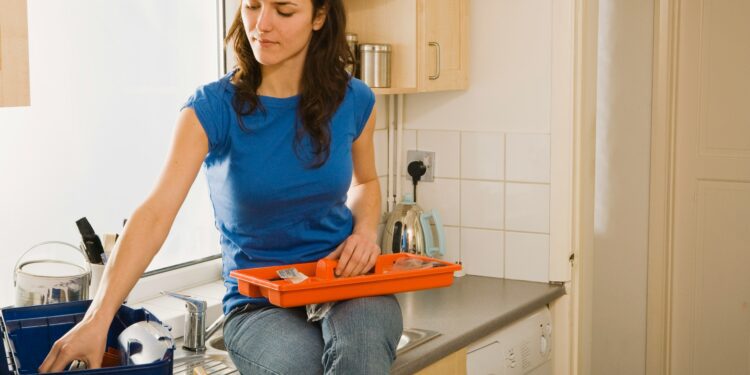What’s in your chronic care toolbox?
Your toolbox includes physical items and modalities plus mental images and visuals. These help manage our everyday lives. They’re our “go to” for assistance in coping and relief management in chronic or intractable illnesses.
Typically, physical items and modalities are, for example, over the counter analgesics, Devil’s Claw, Cat’s Claw ((Una de Gato), medicinal teas, such as Camomile, Peppermint, Kratom and Kava, topical relievers, CBD, Voltaran Gel, Lidocaine patches, essential oils, epsom salts, stimulators, such as, a Tens Unit, or electrical stimulation systems, low weight dumbbells, therapy balls, heating pads, weighted blankets, ice packs, therapeutic pillows, a blood pressure monitor, and pulse oximeter. I recently added a 14 panel urine test strips to my chronic care toolbox. This can assist in monitoring blood, protein, creatinine, leukocytes, bilirubin, specific gravity, PH, and calcium to name a few. While this home testing may not always be accurate and shouldn’t always replace medical advice it may offer insight to help determine a cause and action to take whether that be medical care or self care.
Mental images and visuals consist of things to do. For me, distraction, focal points, and pleasant aromas like Lavender or Tea Tree are essential to my day. Binaural beats can be soothing to the nervous system.
Magnesium, Ashwagandha, and Valerian Root assist with stress relief and sleep support. Many people find Turmeric helpful. Oil of Oregano and Burdock Root cleanse our bodies and fights infection including viruses. Burdock Root cleanses the blood. Oil of Oregano is a natural antibiotic that can be taken orally or used topically. A carrier oil is necessary for topical use otherwise it’ll cause burning and stinging sensations. A carrier oil can be as simple as extra virgin olive oil.
I use honey for skin lesions associated with autoimmune flareups. Not only is it a sweet addition for tea it’s also an anti-inflammatory, antioxidant and antibacterial agent.
A massage gun is useful for Fibromyalgia, over active nerve discomfort, connective tissue, fibrous and visceral myofascial pain. It can be powerful and sometimes cause soreness but if you can tolerate that, it’s worth having available.
Frankincense is another favorite of mine. In Chinese medicine, it’s administered for the treatment of blood stagnation and diseases causing inflammation. It can ease anxiety and signs of aging.
Frankincense Essential Oil: Health Benefits, Dosage, and More
This traditional medicine of the East is believed to have anti-inflammatory, expectorant, antiseptic, and even anxiolytic and anti-neurotic effects.
Topically it rejuvenates skin and promotes cellular health and immunity. It can be used for target treating arthritis by massaging into painful areas. I use it regularly throughout the summer when I’m engaging in kiddie pool water therapy. Overall, it’s a soothing scent and an ongoing item n my toolbox.
Chanca Piedra (Stone Breaker) is used for gallstones and kidney stones by breaking them up in order to pass. I drink the tea for kidney and liver health.
GABA (γ-Aminobutyric acid) is Neurotransmitter support that can reduce oxidative stress. I use it for nerve disorders and to slow down pain signals associated with Complex Regional Pain Syndrome.
Other than a Tens Unit all of the above are included in my chronic care toolbox with several unmentioned items.
If you imagined living in a world where access to medical care was out of reach, what might you fill your toolbox with? Your tool box is a larger version of a medicine cabinet and should be multi faceted for your benefit.
Always check with your doctor or pharmacist for possible adverse effects or unpleasant interactions to prescription and over the counter medications. I do not consume all herbs, roots and supplements together but rather as needed. I may need to give up one for the benefit of another depending on the current circumstance.















